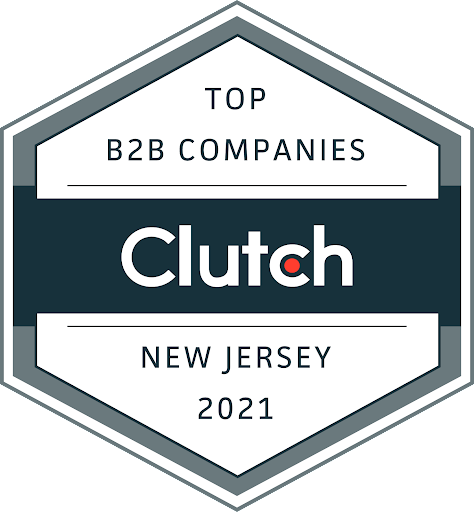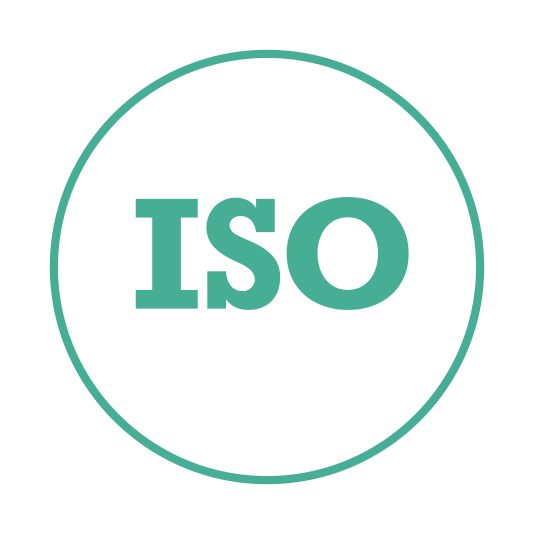Empowering Clients with Clear Communication and Trust
![]()
Written by: Nicole Hunt
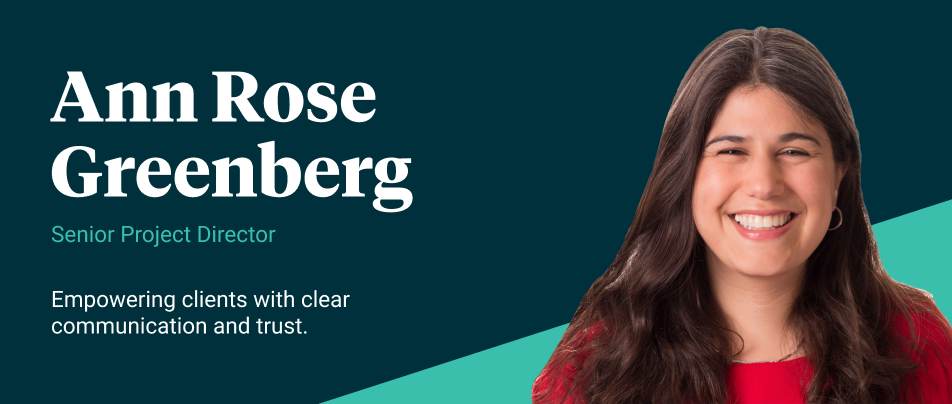
Today, we’re continuing our “Teammate Spotlight” series with an interview with Ann Rose Greenberg. Ann Rose is a web development veteran with over a decade of experience guiding government clients through the website creation process to promote behavior change and improve user experiences.
Q. Thanks so much for talking to me today, Ann Rose. To get started, I’d love to talk about WIC. You work extensively with WIC – the special supplemental nutrition program for Women, Infants, and Children. Can you tell me about your role on our WIC contracts?
A. Our WIC work is centered around creating a national campaign, and most of my work is focused on the campaign website. I apply my knowledge of user-centered website best practices and extensive audience research to make recommendations for the website. I help the client understand what we put in front of them. I teach them what to expect from a low-fidelity wireframe, for example, and how to provide feedback. I walk them through the next steps and give them suggestions to help guide their decisions. I help them understand the website process, like why we do certain things and how it all maps back to what they need. I work closely with the project managers to keep an eye on the budget and timeline so I can make suggestions on how to adjust our work if needed. I also work with the creative team to contribute to the strategy behind the design decisions and with the development team to talk about what we are trying to achieve and what alternatives might work to accomplish the user goals. I represent the client’s goals and interests and understand the cohesive process we need to follow to achieve them.
Q. It sounds like you’re kind of a translator – like you interpret what the client needs and translate it into what UE needs to create. And you interpret what UE is developing and translate it into a language the client understands.
A. It’s funny you say that because I’ve actually called myself a translator before!
Q. Translator and strategist! Do you find that there’s anything unique about strategizing on government projects as opposed to, say, private contracts?
A. Most of my experience has been on government projects, but the goals can be a bit different than on private contracts, especially with public health and social service government projects. Government work is often focused on public awareness or behavior change more than a specific transactional relationship with the audience. Measuring public awareness or behavior change in the real world can be difficult because there are so many confounding variables, especially in the current environment, with so much information coming from all directions. It’s hard for people to tell what’s verified or trustworthy, so you need to think of the strategy slightly differently. For example, it’s essential that we provide clear information in plain language and make it obvious that the information comes from a trustworthy source – and then we need to deliver it all in an appealing visual package with helpful interactivity added when it makes sense. Together, those elements go a long way toward accomplishing the overall goals.
Q. How would you describe your approach to communicating with clients?
A. This is the most important part of contracting. You can’t create good work if you’re not a partner with your clients, so you need to have clear and open communication to work together on a common goal. I try to be a real person with my clients because I think that personal connection goes a long way toward understanding that we are all people doing our best. I reassure my clients that I understand what they need and that the UE team can deliver that for them.
When you have trust, everything is more efficient. My clients are all busy and often don’t have the time to be involved in every minor decision on a contract. When there is trust and understanding, I can present the clients with what they need to know: here’s what we’re doing and why, and here’s what we need your feedback on. I don’t need to give the whole thought process (beyond an overview of the strategy) because they don’t have time for that. They want to maximize our time together and keep things moving along. Extraneous information can often add confusion, but insufficient information increases the back and forth and holds things up. So, I think carefully about what amount of information my client needs and try to communicate that clearly and thoughtfully.
Q. You’ve had a diverse career in web design and development – including extensive work in content management, quality assurance, data analysis, and usability testing. In your experience, are there any common mistakes most people make when it comes to the web development process? Are any areas often overlooked?
A. Some plug-and-play type website-building platforms have contributed to a sense that anyone can build a website with very little training, and while that might be true to a point, not all websites are created equal. I offer this analogy: Any food has the potential to sustain you, but if your food is nutritious and delicious, it will help your body grow and function better. Plus, you’ll enjoy eating it. In the same way, to build a great website, you need to think strategically through every decision involving content, functionality, and design and build it with the best development tools and solutions. All the pieces are required if you want a website that delivers a positive user experience and accomplishes stakeholder goals while also looking nice.
Q. How has web development changed throughout the course of your career? Are you particularly excited about anything in the modern web development landscape?
A. Smartphones were new at the start of my career, so websites were not designed with mobile in mind. Then, there was a shift toward mobile versions of websites, and finally, an understanding that the same website should deliver a consistent experience across devices and screens. That also dovetails somewhat with a user focus, in my opinion, because website user experience (UX) wasn’t even really a thing for most companies/organizations. In the early days of web design, many companies created websites because they felt they had to have one, but they didn’t know what people wanted to see – so they put everything front and center. Eventually, people started paying attention to website analytics and realized that a website won’t serve any purpose if it doesn’t meet the user’s needs and expectations. This helped build a content-first approach to design. It also made Agile more popular since people realized they needed to be able to respond to user needs quickly.
I’m most excited about the recognition that user experience matters. I love digging into a project and putting myself in the user’s shoes to think through their experience as they navigate a website. It’s like method acting for strategists. Most of the websites I’ve worked on have been oriented toward health or social services. In other words, they exist to help people. And it makes my work so rewarding to focus on the user and how we can create something that will tangibly improve their lives.
Q. Have there been any standout moments in your career that you’re especially proud of?
A. One project that was really fun to work on was creating a virtual tour of the National Institute of Health’s main campus. COVID-19 closed the campus to visitors, so people could no longer tour the NIH to learn about the research and lifesaving work that happens there. We started off trying to replicate the experience of the physical tour but quickly realized that we could provide even more value in a virtual tour. We ended up using a mix of guided videos, interviews, a map, photos, and slideshows that all tell the story of the NIH. It was so rewarding deciding what information to include, seeing it all come together, and considering how the different audiences (students, healthcare professionals, etc.) would use the tour. And in the process, I got to speak with public health celebrities like Dr. Fauci, which was a fun bonus!
Q. What is your favorite thing about your job and work?
A. I love when I get to do usability testing. Beyond the primary purpose of usability testing (does the website do what it’s supposed to do), it’s incredible to get honest user feedback. And even though I’ve done this so many times, I always learn something new about how people interact with websites, and I’m always so fascinated by the real-world application of what we’re building. I’m also very mission-driven, and I love that at Urban Emu, we work with organizations whose missions we believe in. I love that the people I work with are intelligent and collaborative and work together as a team. Everyone is in it to make the work shine rather than to make themselves shine. It all comes together, making it easy to feel proud about the work I do every day.
We’re so grateful to have Ann Rose on our team to guide our clients through the web development and campaign creation processes. Stay tuned for more teammate spotlights.
Contact Us
Urban Emu is an experience agency proudly driven by a singular mission: to transform the way humans live. We achieve this through a powerful fusion of design, technology, and communications, creating unparalleled online and offline experiences.
We love to hear about ideas big or small. Please don’t hesitate to get in touch with us regarding your project.
Email: hello@urbanemu.com





